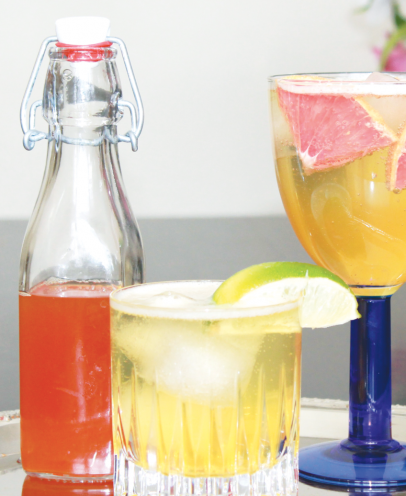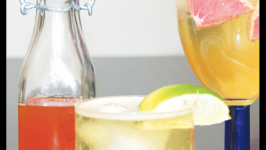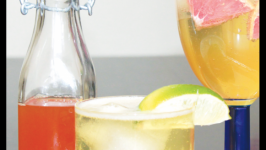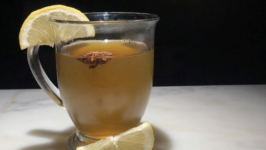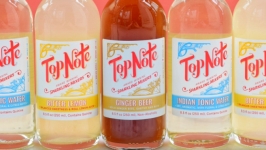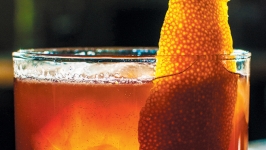Purely Medicinal, My Dear
Far from the farm, you can go your whole life never knowing what something is really supposed to look like, or taste like. For example, I was a TANG-generation kid who didn’t have real orange juice for years, and it was years after that before I ever had fresh-squeezed juice. You can probably imagine what a revelation that first sip was, but if you can’t imagine it, consider tonic water.
If you think it’s supposed to be colorless and mild, you’ve been drinking the TANG of tonic water. The most important ingredient in tonic is an alkaloid found in the bark of the South American quina-quina, also called the “fever tree”. The bright hues of this bark range from yellow to red, it has an earthy, pleasingly bitter flavor, and it is prized for its anti-malarial properties, among other benefits.
The quina-quina naturally grows in some regions where malaria is a deadly problem, and its medicinal properties are said to have been discovered accidentally. South American legend says that a man afflicted with malaria got lost in the forest, and drank bitter water from a stagnant pool. He feared he’d drunk poison, and was surprised when he made a full recovery to good health. He shared his discovery with his neighbors, and over time his accidental discovery became the locals’ standard treatment for malaria and other fevers.
Today the quina-quina tree is more generally known as the cinchona. One of the most famous botanists, Carl Linneaus, bestowed this name in honor of the Countess of Chinchon, who introduced the medicinal bark to Spain. The active ingredient, quinine, was isolated at this time and soon was being used medicinally in Europe. Just in time, too; during this period, Europeans were attempting to colonize tropical areas where malaria was a killer.
Colonizing India was central to the British Empire’s image as a global force, but they needed a weapon in their arsenal that could treat and prevent malaria. Thanks to this bitter bark, the British could survive and prosper in sub-tropical zones.
Water was added to make it easier to swallow, and sugar to balance its bitterness, creating the first tonic water. We may have the Dutch to thank for gin, but we have the British to thank for the refreshing gin-and-tonic. British soldiers added gin to a cinchona tonic, and thus was born the G&T. It wasn’t long before Schweppes introduced a commercially-produced tonic water, and since then we’ve been steadily losing the true flavor — and medicinal benefits — of cinchona tonic.
Modern bartenders are changing all that. We look in every direction in creating and rediscovering cocktails, and proper tonic is one ingredient that makes a dramatic difference in this historical classic.
Making your own tonic water starts with a syrup; we’ll add the carbonated water later. Rounding up the ingredients is simple enough, although you may need to order the cinchona bark powder. The Spice House on Water Street will happily place orders of one pound or more. You’ll find this is more than enough to make your tonic, with plenty left over. I studied many recipes and distilled their common elements into a basic recipe that you can modify to suit your own palate or your favorite gin.


